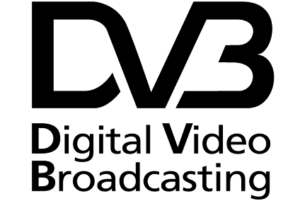The DVB Steering Board has approved the specification for the Ultra High Definition Television, UHD-1 Phase 2 stage. That should mean, DVB believes, that products will come to market in 2017 with support for Phase 2. The key development is the support for HLG and PQ EOTFs which will mean support for HDR in broadcast. The specification also allows for higher frame rates (beyond the traditional 50Hz/60Hz). It also adds support for Next Generation Audio (NGA) schemes supporting object- or scene-based audio. These new features can be combined with HD and UHD resolutions. The specification will be published as BlueBook A157 and will be passed to ETSI for formal publication as TS 101 154 v2.3.1.
DVB said that the specification was a massive team effort with over 30 companies and other interested parties participating through the DVB Commercial Module, the Technical Module and the Steering Board. It is estimated that some 36 online meetings and 14 physical meetings took place over the 3 years. This commitment by DVB Members bears testament to how standards’ bodies play an important role and emphasizes the importance of getting consensus and wide approval for new standards.
David Wood, Chair of the DVB Commercial Module for UHDTV who oversaw much of the work on the specification, commented “When they draw up the history of television, the agreement by the DVB Steering Board to the UHD-1 Phase 2 specification will surely be writ large. It marks the culmination of many years work by scores of DVB Member engineers, and is probably the tipping point for the new age of UHDTV.”
Analyst Comment
LG was showing HFR video with HLG at IFA and the demonstration was very impressive, especially on sports content. The DVB has members in every area of broadcasting and content delivery, so has a very strong impact when it finalises a specification. The DVB will be pleased that it reached this decision, as it had promised a result before the end of the year. The Blue Book can be freely downloaded and runs to 277 pages. We had a quick look and noted that the specification allows for the signalling of HLG10 or PQ10 content and adds 100 and 120Hz options. There is no support for HFR without HDR – we assume this is because by the time HFR becomes common, HDR should be well established. As we have reported, support for HFR is somewhat limited by the high demands it puts on the memory bandwidths of video processors. It will take some time to get standard processors and drivers to be able to cope.
As we read it, there is no support for dynamic metadata, although support for the static metadata (SMPTE ST 2086) is included. As far as we can see, there is also no support for an SDR + metadata scheme to support HDR, as proposed by Philips & Technicolor.
Again, as we read it, NGA support for object-based audio appears to be standard independent, so more than one technology may be possible.
We’ll try to get confirmation on these points over coming days. (BR)

